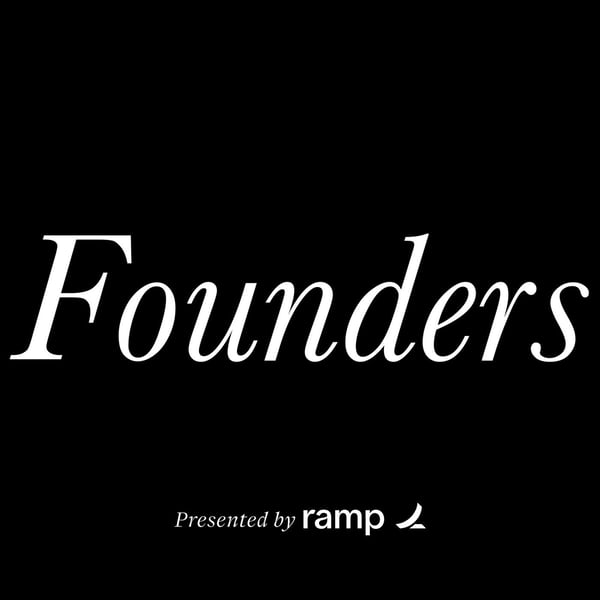#379 Jerry Jones (Dallas Cowboys)
Founders
David Senra
4.8 • 1.5K Ratings
🗓️ 18 February 2025
⏱️ 60 minutes
🧾️ Download transcript
Summary
Transcript
Click on a timestamp to play from that location
| 0:00.0 | The year before Jerry Jones bought the Dallas Cowboys, the team lost $9 million. |
| 0:05.4 | And just a few years later, the Cowboys were making over $30 million in profit per year. |
| 0:11.1 | In fact, in the middle of this turnaround, the book describes Jerry Jones as a ruthless cost cutter. |
| 0:17.6 | A few weeks ago, I was telling you about Ingbar Camprad, who's the founder of IKEA, |
| 0:21.4 | starts IKEA when he's 17, works on it until he dies at 91 years old. And Invar wrote a document, |
| 0:28.1 | which they call the IKEA Company Bible. It's actually called the name of the document. It's |
| 0:32.5 | the testament of a furniture dealer. I loved it so much. I actually had it printed and bound |
| 0:36.8 | and put it on my |
| 0:38.4 | desk. But in that document, Invar repeated something. It was very fascinating. He said for six |
| 0:43.1 | decades, that cost awareness was IKEA's anthem. And he said that his dedication to that idea |
| 0:50.0 | was total. The way that Ingvar spoke about that sounds a lot like the way Sam Walton talked about |
| 0:58.0 | his cost control and his manic frenzy for cost control and his autobiography. This is what |
| 1:01.8 | Sam Walton wrote. He said, I'm asked today when Walmart has been so successful, when we're a |
| 1:06.9 | $50 billion plus company. Why should we say so cheap? That's simple. |
| 1:11.4 | Because we believe in the value of a dollar. |
| 1:13.2 | We exist to provide value to our customers, which means that in addition to quality |
| 1:17.4 | and service, we have to save them money. |
| 1:20.0 | Every time Walmart spends $1 foolishly, it comes right out of the pockets of our customers. |
| 1:25.4 | Every time we save them a dollar, that puts us one more |
| 1:29.1 | step ahead of the competition, which is where we always plan to be. He continues, control your |
| 1:35.1 | expenses better than your competition. This is where you can always find a competitive advantage |
| 1:40.3 | for 25 years running. Long before Walmart was known as the nation's largest retailer, |
... |
Transcript will be available on the free plan in -38 days. Upgrade to see the full transcript now.
Disclaimer: The podcast and artwork embedded on this page are from David Senra, and are the property of its owner and not affiliated with or endorsed by Tapesearch.
Generated transcripts are the property of David Senra and are distributed freely under the Fair Use doctrine. Transcripts generated by Tapesearch are not guaranteed to be accurate.
Copyright © Tapesearch 2025.

